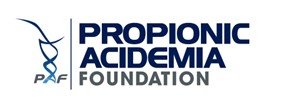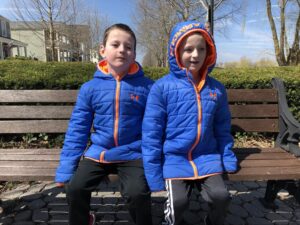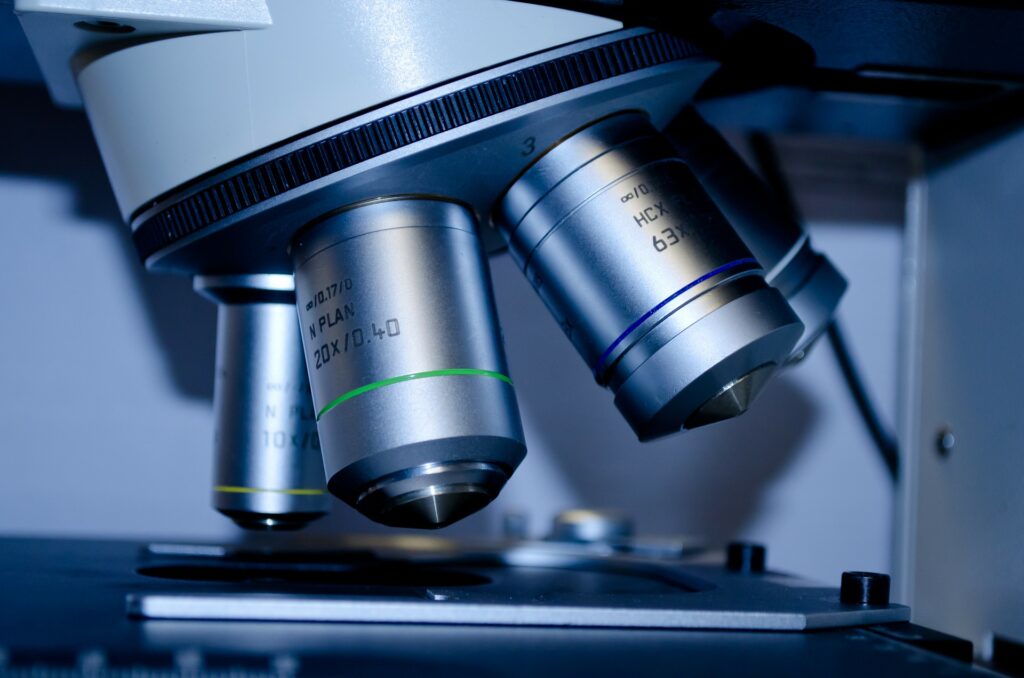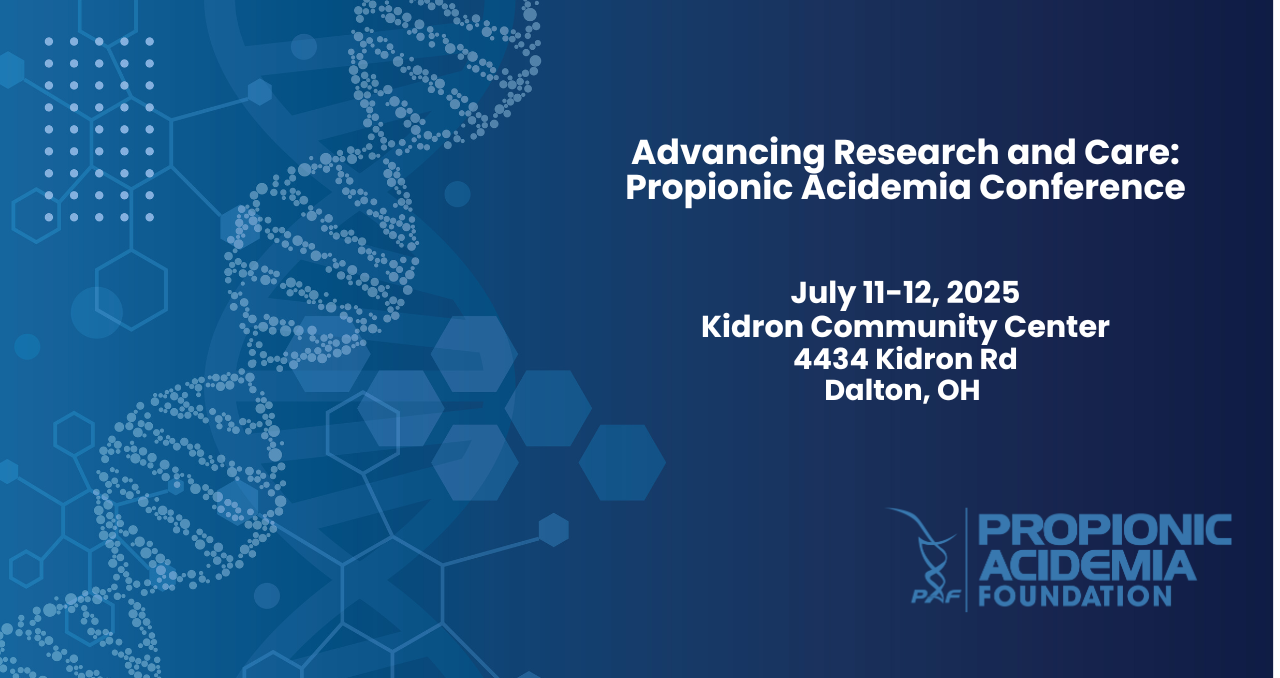PI: Pawel Swietach, Professor of Physiology, Department of Physiology, Anatomy & Genetics, University of Oxford, England
“New paradigm in alleviating the cardiac consequences of propionic acidemia: diverting excess propionate towards the heart’s beta-alanine store”.
In Spring of 2023, PAF awarded a new grant of $50,000 for 6/1/2023-5/31/2024
What can PA mice tell us about new ways of attenuating propionate toxicity in the heart?
Thanks to the generous support of the Propionic Acidemia Foundation, our research laboratory in Oxford, UK, has joined the global efforts to find new treatments for propionic
acidemia (PA). I am delighted to report that earlier this year, our proposal for a continuation project was funded. On behalf of my group, I want to thank the PAF board and donors for their support.
This article provides you with some information about our recent achievements and future plans. Our group became interested in PA around 2015, when we realized that our
expertise in cardiac research could help families affected by PA. As a scientist, I believe that our work is a service to the community, and it is therefore our obligation to reach out to those who may benefit from our scientific knowledge. For many years, we had been studying the effects of acidity on the heart in the broader context of cardiac disease, such as ischemia and hypertrophy. We reasoned that the next steps should consider what happens in the rare forms of acidosis that arise from inherited metabolic disorders. Among the organic acidemias, we felt that we can contribute towards studying PA, because the organic anion that accumulates (propionate) had powerful actions alongside the acidity. We connected with CLIMB, a UK-based association supporting families affected by inborn errors of metabolism, to understand how we can use our expertise to address some of the pressing issues that PA patients face. CLIMB provided seed-funding that started our research and put us in touch with colleagues at Great Ormond Street Hospital where many children affected by rare diseases receive treatment. Funding from CLIMB allowed us to collect pilot data, which formed the basis of a proposal for a doctoral research project. A PhD candidate, KC Park, took on this project, despite all the perceived risks associated with studying rare diseases. KC undertook heroic efforts to characterize the effects of propionate on the heart. The results were promising and we decided to make another strategic investment: bringing a mouse model of PA to Oxford with the help of Michael A. Barry in the US and Lourdes Desviat in Spain. This connection made possible thanks to PAF! Maintaining mice is very expensive but the cost was well justified on the basis of the quality of data collected by KC.
The next milestone was our collaboration with Tom Milne who is Professor of Hematology at Oxford and Nick Crump who is now an independent researcher in London. We quickly
realized that our skills dovetail and that we can make important discoveries in the PA field. This is how we embarked on a project to study the effects of propionate on the protein-based scaffolds that hold DNA. These structures, called histones, regulate the activity of genes, switching these between an ‘on’ and ‘off’ state. We found that mice affected by PA undergo profound changes in genes that are relevant to cardiac contraction. Thus, we showed that a disease of a specific gene (here, coding for propionyl CoA carboxylase) causes a myriad of secondary changes in gene expression: a new paradigm in inherited diseases. The experiments that study DNA scaffolds are complex and expensive, but we were able to
pursue them with the help of PAF.
Scientific endeavors are designed to be hypothesis-driven, but many (too many?) discoveries arise by serendipity. This is both a source of frustration, because of the
perception that good things happen by chance, and excitement, because when discoveries happen, they bring a great deal of joy. KC’s meticulous lab work led to a striking discovery that the hearts of male PA mice are less severely affected than those of females. This is surprising because both sexes carry the same genetic defect. We think this is important
because it suggests that male mice must have some sort of protective mechanism which is lacking in females. Exploiting this naturally-occurring phenomenon could form the basis of new therapies for people affected by PA. For example, if male PA mice have a means of reducing propionate toxicity, we want to know what this mechanism is, and how we can
implement it in PA patients.
Our discovery came about by comparing the gene expression responses to PA in male and female mice using technology called RNAseq. This method counts the number of
‘messages’ issued by genes that instruct the cell to make proteins. Some of these messages are issued erroneously because they code for proteins that should not be made, or are made in the wrong amount. We observed that aberrant changes in message level were more prevalent in female mice. With Tom and Nick, we connected this to the way in which
propionate affects histones chemically. Female mouse hearts affected by PA had higher levels of the reactive form of propionate, called propionyl-CoA. Using a technique called
chromatin immunoprecipitation, we found that female mice suffered from more severe chemical modifications to histones, which causes their hearts to engage in the
aforementioned gene expression changes. Consistent with these fundamental changes at the molecular level, we found that cardiac contraction was compromised more significantly in female PA mice.
We wanted to understand how male PA mice achieve their protective effect. To address this, we processed our samples for analysis by our colleague at Oxford, James
Mccullagh. James provides access to a method, called metabolomics, which measures every major metabolite in the heart, and allows us to seek patterns. This is normally very
expensive to run, and we are grateful to his team to giving us time on his set-up. James’ data confirmed that female mice had more profound shifts in metabolites canonically
associated with PA. The same data revealed something puzzling: that a specific class of substance appears more abundant in males than in females. We were surprised because
those substances have so far been considered rather inert. However, further measurements showed that these male-associated substances are far from being inert by-standers: they
may explain why male mice have a degree of protection from PA. These substances are, in fact, a reservoir of amino acids that can absorb excess propionate. This means that
propionate levels can be buffered by this protective “sponge” and lessen the disease burden.
So far, we presented the work in meetings in Berlin and Budapest. KC even won a prize for his scientific talk! We are now preparing a manuscript for publication in a scientific
journal. Our next step is to study this pathway in further detail, first in mice, and then in PA patients. This is how we will use PAF funding. Our plan for the coming year is to characterize this buffer system, and seek ways of forcing it to operate at an enhanced rate, so that propionate is mopped up before it can cause damage. This is a first but necessary step to convince the scientific community that our hypothesis is valid and that further efforts to seek treatments based on the “propionate sponge” idea are justified. The reason we are optimistic about this, is because the propionate buffer could be activated by changes in diet, rather than gene therapy. This is important because not all PA patients qualify for gene therapy, even in clinical trials. Treatments based on diet often have an expedited route to approval by authorities.
Last year, we were delighted to start a project with an Oxford-based company called EVOX Therapeutics who develop ways of delivering drugs to cells using small particles,
called exosomes, that are naturally produced by the body. We pitched our ideas about PA, and the company was happy to collaborate. This was a breakthrough for us, because
support from industry is essential in order to progress our research to the market. Thankfully the wonderful team at EVOX has been incredibly supportive of our ideas. In the near future, we hope to deliver good news on better ways of delivering drugs directly to where they are needed in PA patients.
Whilst the notion of research as a service is part of the fabric that makes me a scientist, I am also realistic about the challenges that we face to make research work.
Science is a team sport that relies on retaining the brightest people. Scientists devote many hours in the lab, facing the prospects of many failed experiments flanked by moments of
euphoria when things work as expected (or even better … when something surprising happens). Today, many of our brightest scientists cannot continue their ambitions because
of the lack of funding. Your contributions make a difference. Even if a project does not deliver what it promises on paper, it still has enabled the highest level of training for
scientists who will continue pursuing timely problems that affect our health and wellbeing. Rare diseases are, unfortunately, low on the priority list of already stretched national and international funding agencies. Organizations like PAF play an essential role in providing funding opportunities that would otherwise not be there. We hope that by flagging new ways of thinking about PA, we can attract more attention from major funders to the area of organic acidemias.
Thanks to the valiant efforts made by PAF families, board members, volunteers, and donors, this research has been possible. Thank you for your support, and stayed tuned.
Please feel free to contact us for more information.
Pawel Swietach
Professor of Physiology
Department of Physiology, Anatomy & Genetics
University of Oxford






